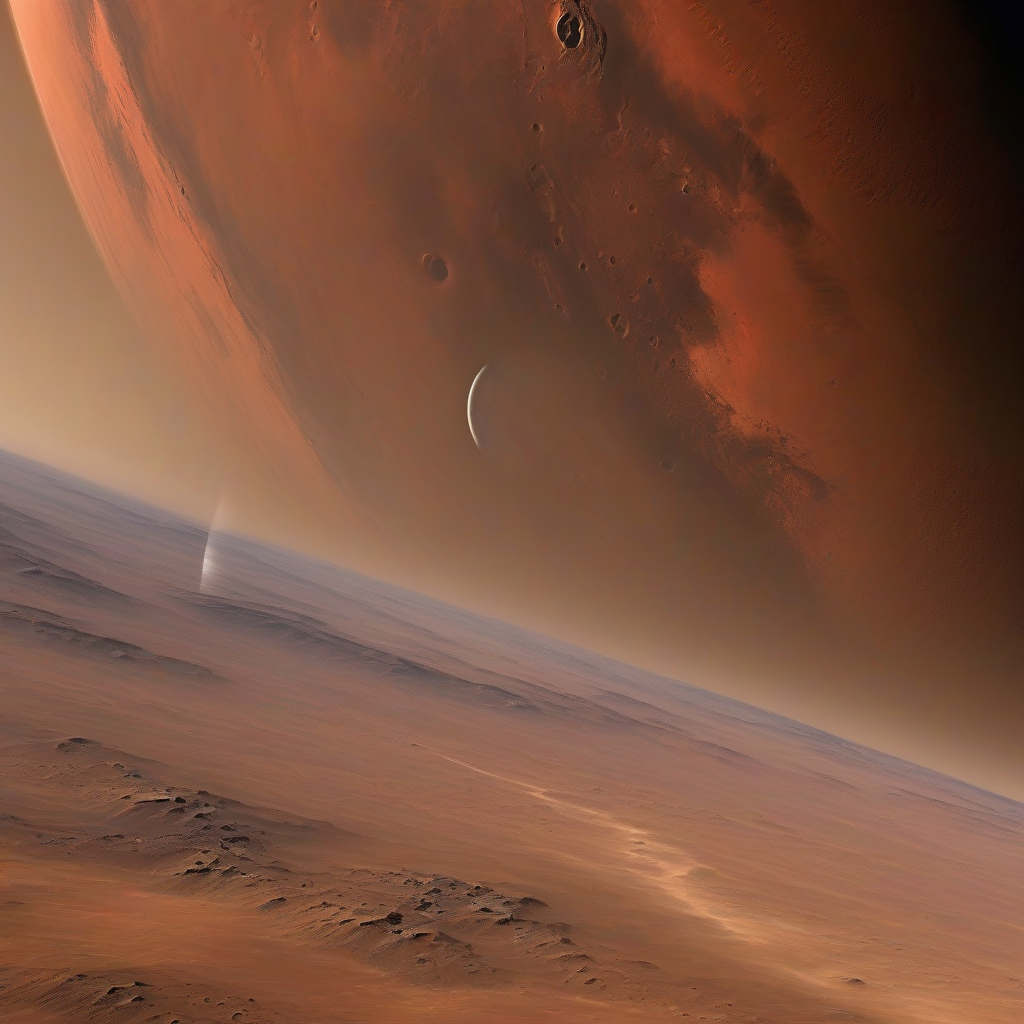# Could Mars Support Life? Exploring Terraforming and the Search for Biosignatures
Mars has captivated humanity’s imagination for centuries. From early telescopic observations to modern robotic explorers, the Red Planet has always been a tantalizing target in our search for extraterrestrial life and the possibility of human settlement. Could Mars, with its cold deserts and thin atmosphere, support life? Could we one day transform it into a second home for humanity? These questions fuel some of the most exciting scientific and engineering efforts of our time.
In this blog post, we’ll delve into the potential for life on Mars, the science of terraforming, and the ongoing hunt for biosignatures that could indicate past or present life on the planet.
---
The Red Planet: A Once Habitable World?
Mars today is cold, dry, and desolate. With an average surface temperature of around -80 degrees Fahrenheit (-60 degrees Celsius) and an atmosphere composed of 95% carbon dioxide, it might seem inhospitable at first glance. But Mars wasn’t always this way. Billions of years ago, the planet was warmer, wetter, and possibly teeming with conditions conducive to life.
Evidence of Ancient Water
Thanks to missions like NASA’s Mars Reconnaissance Orbiter (MRO) and Perseverance Rover, we know that liquid water once flowed across the Martian surface. Scientists have discovered ancient river valleys, lake beds, and sedimentary rock layers that suggest Mars had a much thicker atmosphere and a global hydrological cycle billions of years ago.
One of the most stunning discoveries came from NASA’s Curiosity Rover, which found evidence of an ancient lakebed in Gale Crater. This lake could have been stable for millions of years—enough time for microbial life to potentially emerge.
More recently, radar data from the European Space Agency’s Mars Express orbiter revealed what appears to be subsurface lakes of salty liquid water near the Martian south pole. While extreme, such environments on Earth—like Antarctica’s subglacial lakes—are known to harbor microbial life.
Could Life Have Survived?
The question of whether life ever existed on Mars hinges on whether these ancient watery environments were chemically suitable for life. Mars missions have detected key ingredients for life as we know it, including carbon-based molecules, nitrogen, and phosphorus. However, no definitive evidence of life has yet been found.
If life did arise when Mars was more Earth-like, it’s possible that microbes could still survive in isolated pockets today, such as underground or within salty brines that resist freezing. NASA’s Perseverance Rover, currently exploring Jezero Crater, is searching for biosignatures—chemical or physical signs of past life—within ancient river delta deposits.
---
Terraforming Mars: Science Fiction or the Future?
While the search for Martian life focuses on the past and present, another equally thrilling question looks to the future: Could we transform Mars into a habitable world for humans? The concept of terraforming—altering a planet’s environment to make it more Earth-like—has long been a staple of science fiction, but some scientists believe it could one day become science fact.
The Challenges of Terraforming
Terraforming Mars would require monumental engineering feats to address its most significant challenges:
- Atmospheric Pressure: Mars’ thin atmosphere is less than 1% the density of Earth’s, meaning humans cannot breathe on its surface without pressurized suits.
- Temperature: The planet’s frigid temperatures would need to be raised to support liquid water and human life.
- Radiation: Without a global magnetic field, Mars is bombarded by harmful cosmic rays and solar radiation, posing a serious threat to life.
One proposed method to begin terraforming involves releasing greenhouse gases, such as carbon dioxide, into the atmosphere to trigger a warming effect. However, studies using data from the Mars Atmosphere and Volatile Evolution Mission (MAVEN) suggest that Mars may lack the necessary carbon dioxide reserves to achieve significant warming.
Another approach could involve installing massive orbital mirrors to focus sunlight onto the surface or building factories that produce greenhouse gases. While these ideas remain theoretical, they provide a glimpse into the kind of innovative thinking that might one day make Mars habitable.
Ethical Questions of Terraforming
Beyond the technical challenges, the ethics of terraforming are a topic of active debate. If microbial life exists on Mars, would transforming the planet’s environment endanger these organisms? Should humanity prioritize preserving Mars in its natural state, or is it our responsibility to expand human presence in the cosmos? These are questions humanity will need to answer as we move closer to becoming an interplanetary species.
---
Searching for Biosignatures: Clues to Life on Mars
While terraforming Mars is a distant dream, the search for biosignatures is happening right now—and it’s one of the most exciting
